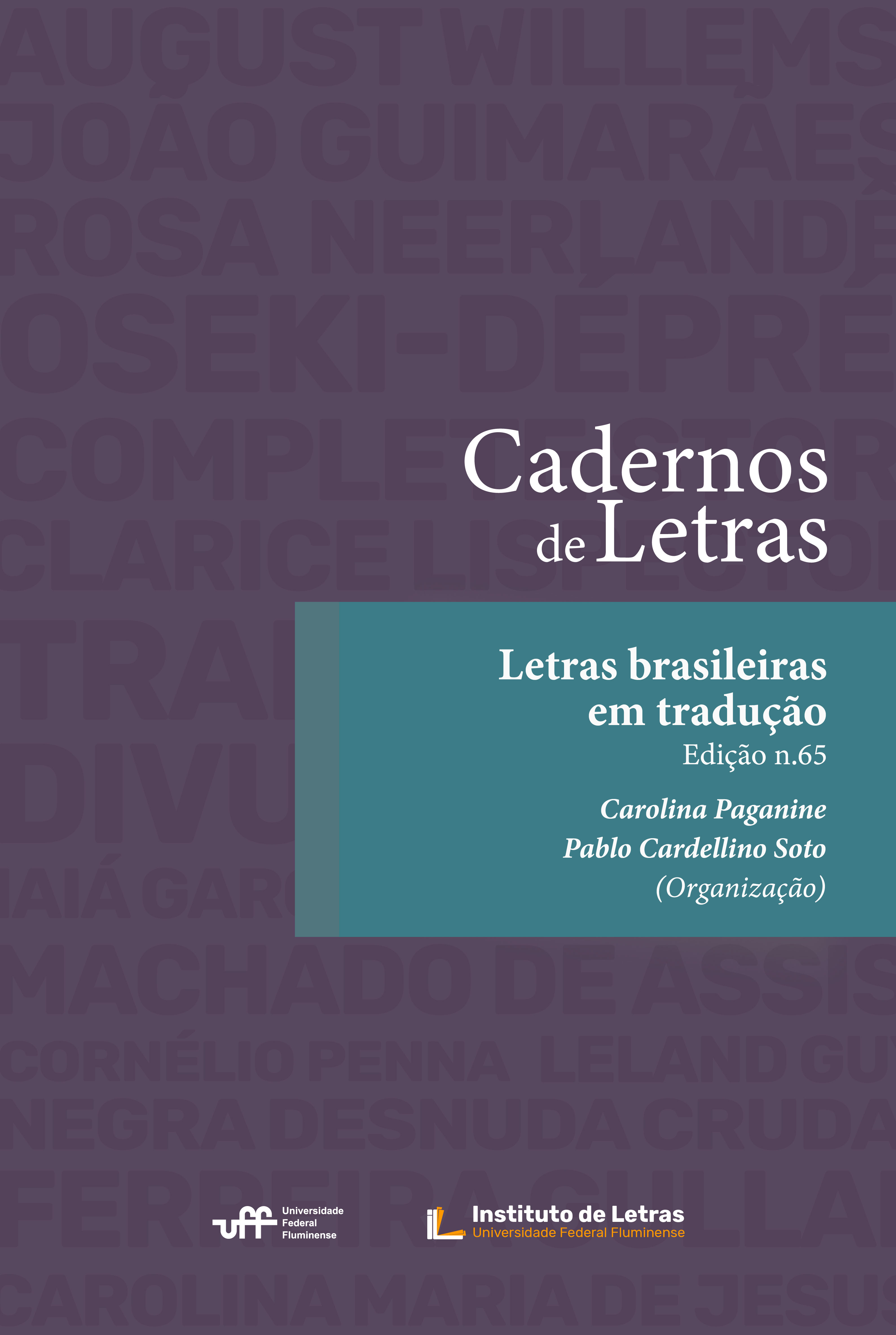FROM FRONTEIRA TO THRESHOLD: THICK TRANSLATION IN CORNÉLIO PENNA’S NOVEL
DOI:
https://doi.org/10.22409/cadletrasuff.v33i65.54689Abstract
This paper aims to discuss the translation of Fronteira (1935), Cornélio Penna’s first novel, into English. To this end, we consider the notion of thick translation, first formulated by Kwame Anthony Appiah (1993) and further developed by Theo Hermans (2003). Both argue that the practice of translation always demands information that does not fit in the printed words of the publications and seeks other forms of expression, among them glossaries and footnotes. We believe that the work of scholars Tona and Edward Riggio, which resulted in the book Threshold (1975), contributed to a deeper understanding of Brazilian literature and culture in a process that closely resembles that of thick translation. Moreover, the comments in the paratexts of the publication support the definition of Penna’s novel as a paradigmatic text of the Brazilian Gothic, first proposed by Fernando Monteiro de Barros (2020) and later elaborated by João Pedro Bellas (2021). Unlike the categorization “Gothic in Brazil”, the Brazilian Gothic is a strand that combines formal elements of Gothic with themes particular to the reality of Brazil. In our analysis, we consider the paratextual components of Threshold elaborated by the translators and editors, such as the list of characters, the glossary, the afterword, and the use of Cornélio Penna’s illustrations.
Downloads
Downloads
Published
How to Cite
Issue
Section
License
Copyright (c) 2024 Caderno de Letras da UFF

This work is licensed under a Creative Commons Attribution-NonCommercial 4.0 International License.
I authorize Cadernos de Letras da UFF to publish the paper of my authorship/responsibility that I now submit, in case it is accepted for online publication.
Moreover, I declare that this contribution is original, that it was not submitted to any other editor for publication, and I sign the present declaration attesting the truth of all its contents.
The copyright of the works published at the virtual space of the Cadernos de Letras da UFF are automatically entitled to Cadernos de Letras da UFF. Their total or partial reproduction is conditioned to the authors' citations and publication data.

Cadernos de Letras da UFF is licensed under a Creative Commons - Attribution-NonCommercial 4.0 International (CC BY-NC 4.0).





